Jane Yolen is not an easy author to summarize in a short author study. With over 360 books, how do you choose what to study when everything is so great? The good news is that you really can’t go wrong by studying any of her books. Jane Yolen is the queen of poetic techniques. Chief among these are:
- Storytelling
- Repetition
- Rhyme
These techniques sing strong through her work and will also be the topics discussed below in detail.
Storytelling
The best stories capture emotions, characters and worlds. Jane Yolen is a master storyteller because of her dedication to lyrical language. She chooses the just-right words and details.
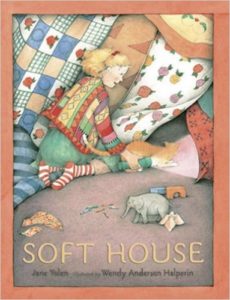
In SOFT HOUSE, Jane creates an emotional bond between a sister and a brother by choosing exactly the right words:
“At first I’m happy Davey has gone upstairs. But he takes a long time. Much too long for just a few blankets. I go to the foot of the stairs and call his name. “Davey?” Then louder. “Davey!” It’s no good. I have to go find him.”
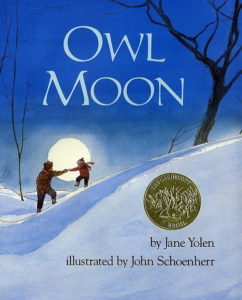 In OWL MOON, Jane pulls us into her world and the relationship of a daughter and father by heightening our senses:
In OWL MOON, Jane pulls us into her world and the relationship of a daughter and father by heightening our senses:
“Somewhere behind us a train whistle blew, long and low like a sad, sad song. I could hear it through the wollen cap Pa had pulled down over my ears.”
Notice how this last line shows that her father takes good care of her.
Jane’s words do what the illustration cannot do:
“Pa made a long shadow, but mine was short and round. I had to run after him every now and then, and my short round shadow bumped after me.”
Yes, an illustrator can show a tall shadow and a short one, but this puts us in the girl’s mind, experience, and world directly. The fact that the girl observes her shadow bumping as she runs shows the true wonder that a child experiences.
Jane captures the wonder of a child’s mind and how big something new can feel:
“Pa turned on his big flashlight and caught the owl just as it was landing on a branch. For one minute, three minutes, maybe even a hundred minutes, we stared at one another.”
Every piece of this story fits together to make a masterpiece.
Repetition
Jane Yolen utilizes repetition to drive home the most important lines. As a result, we internalize each story and feel connected on an empathetic level.
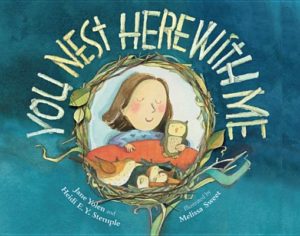
In YOU NEST HERE WITH ME, the title is repeated throughout to emphasize a safe, loving home. What better line to repeat?
Pigeons nest on concrete ledges,
Catbirds nest in greening hedges,
Tiny wrens in shoreline sedges.
You nest here with me.”
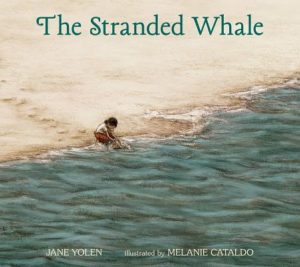
In THE STRANDED WHALE, Jane uses repetition to build emotional impact:
“Not me. I was too mad to cry.
Mad at the unforgiving ocean, rushing away from the shore.
Mad at our short arms and the whale’s long body.
Mad that we didn’t have a boat, a winch, long ropes to pull it to the sea.
Mad at everything.”
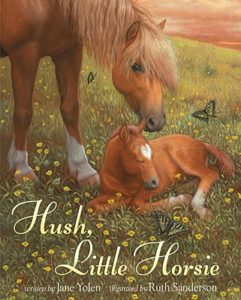
In HUSH LITTLE HORSIE, Jane changes the underlined verb each time this stanza repeats.
She’ll watch when you run,
And she’ll watch when you leap.
And when you are tired,
She’ll watch when you sleep.”
The simple pattern encourages reread requests from the very young and creates confident readers. The soothing language lulls a child to sleep and plants dreamy images in their heads.
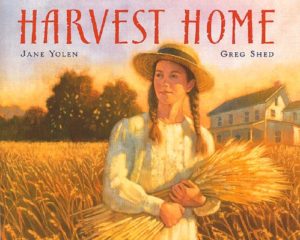
In HARVEST HOME, the repetition of “Bringing the harvest home” sets us up for the rhythm of hard work that this family’s livelihood depends on:
“Three months just past, I helped to sow,
Bringing the harvest home.
I planted wheat in every row,
Bringing the harvest home.”
Rhyme
From simple rhymes for the very young to intricate rhymes that delight the tongue, Jane Yolen infuses beautiful poetry in both verse and prose. Whether you write in rhyme or not, you will learn to master the rhythm and flow of language by studying Jane’s work.
From the simple side:
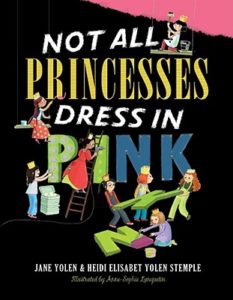 NOT ALL PRINCESSES DRESS IN PINK
NOT ALL PRINCESSES DRESS IN PINK
“Not all princesses dress in pink.
Some play in bright red socks that stink.
Blue team jerseys that don’t quite fit,
Accessorized with a baseball mitt,
And a sparkly crown.”
To tongue-tacular, soothing, and educational:
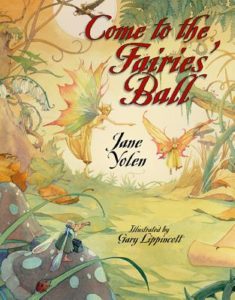 COME TO FAIRIES BALL
COME TO FAIRIES BALL
“And then what a tizzy, a flap, and a pother,
A terrible foofaraw, swivet, and bother,
A twitter, a dither, oh my! what a rumble,
A fret and a fuss and a fidget and grumble.”
Jane Yolen’s series of imaginative, kid-centric stories:
“When he gets to the school does he roughhouse and punch?
Does he make a quick grab for a classmate’s packed lunch?”
With such a large body of literary work to explore, we can all come away with different meanings and impact from Jane Yolen’s work. In How to be a Prolific Picture Book Author, Jane shares her daily writing routine, how she works on multiple manuscripts at the same, how she handles rejection, and what it really means to be prolific.
 Carrie Charley Brown is the founder and co-coordinator of ReFoReMo. She eats, sleeps, and breathes picture books as a writer, professional critique mentor, and contributor on various blogs such as Writer’s Rumpus. Carrie contributed as a 2014/2015 CYBILS fiction picture book panelist and donates a large part of her time to SCBWI North Texas as the Regional Advisor. She also produces kidlit videos and provides marketing services for authors and kidlit organizations. She has taught pre-k, kindergarten, first, and third grades.
Carrie Charley Brown is the founder and co-coordinator of ReFoReMo. She eats, sleeps, and breathes picture books as a writer, professional critique mentor, and contributor on various blogs such as Writer’s Rumpus. Carrie contributed as a 2014/2015 CYBILS fiction picture book panelist and donates a large part of her time to SCBWI North Texas as the Regional Advisor. She also produces kidlit videos and provides marketing services for authors and kidlit organizations. She has taught pre-k, kindergarten, first, and third grades.
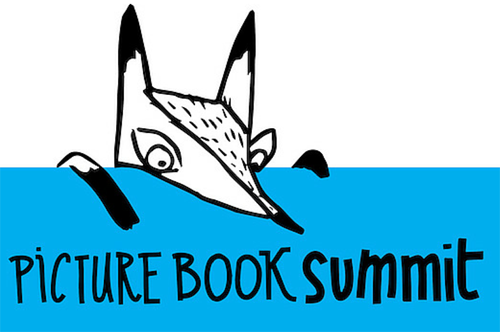











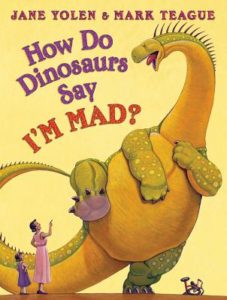
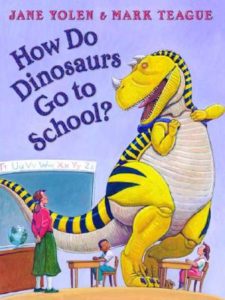
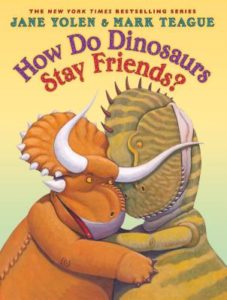
 Carrie Charley Brown
Carrie Charley Brown